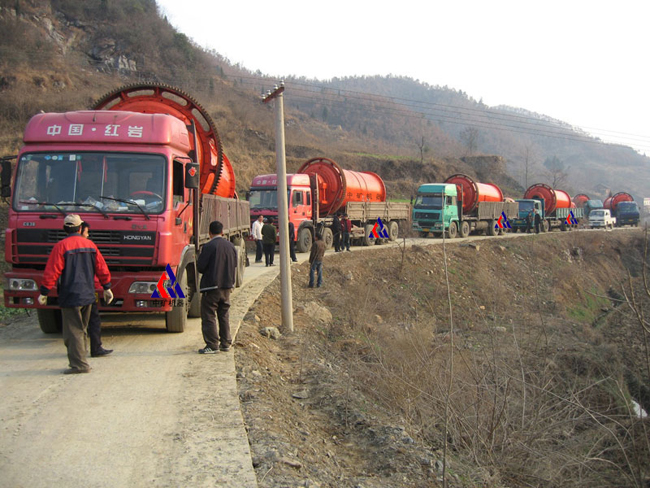Optimizing Particle Size Reduction: A Discussion on Ball Mill Machine Efficiency
Optimizing Particle Size Reduction: A Discussion on Ball Mill Machine Efficiency
In mineral processing and powder production industries, particle size reduction remains one of the most energy-intensive operations. While ball mills have served as the traditional workhorse for grinding applications for decades, their efficiency limitations have prompted manufacturers to develop more advanced solutions. Understanding these limitations and the available alternatives is crucial for operations seeking to optimize their grinding circuits.
The fundamental challenge with conventional ball mills lies in their energy utilization. Studies indicate that only 1-2% of the energy input actually contributes to particle size reduction, with the remainder lost to heat, noise, and mechanical inefficiencies. This inefficiency becomes particularly problematic in applications requiring ultra-fine powders, where extended milling times further compound energy costs.

Beyond Traditional Ball Milling: The Shift to Advanced Grinding Technologies
Modern grinding technology has evolved significantly from the basic ball mill design. The industry has witnessed a transition toward mills that integrate multiple functions—crushing, drying, grinding, classifying, and conveying—into single, streamlined systems. This integrated approach not only reduces footprint but also minimizes energy losses between processing stages.
One standout example of this evolution is our MW Ultrafine Grinding Mill, which represents a significant leap forward in grinding efficiency. With an input size capability of 0-20 mm and capacity ranging from 0.5 to 25 tph, this machine addresses the core limitations of traditional ball mills. Its innovative design eliminates rolling bearings and screws within the grinding chamber, removing common failure points that plague conventional systems.
The MW Ultrafine Grinding Mill demonstrates remarkable performance characteristics, achieving production capacity 40% higher than jet grinding mills and double the output of ball grinding mills at equivalent fineness and power levels. Perhaps most impressively, it accomplishes this while reducing system energy consumption to just 30% of comparable jet grinding systems.
Key Efficiency Factors in Modern Grinding Systems
Several technological advancements contribute to the superior performance of modern grinding systems:
Precision Particle Classification: Advanced powder selection technology, such as the German-engineered cage-type powder selector in the MW Ultrafine Grinding Mill, enables precise control over final product fineness. The ability to adjust fineness between 325-2500 meshes with screening rates achieving d97≤5μm in a single pass represents a significant operational advantage.

Environmental Compliance: Modern grinding systems must address both economic and environmental concerns. Integrated pulse dust collectors and mufflers effectively contain particulate matter and reduce operational noise, ensuring compliance with increasingly stringent environmental regulations without compromising performance.
Maintenance Optimization: Equipment reliability directly impacts overall efficiency. Designs that facilitate external lubrication without shutdown, such as the externally mounted lubricating device on the MW Ultrafine Grinding Mill, enable continuous 24-hour operation while minimizing maintenance-related downtime.
Application-Specific Solutions
The versatility of advanced grinding systems extends across numerous industries and materials. From limestone, calcite, and dolomite to specialized applications in chemicals, paints, cosmetics, and food additives, modern mills must adapt to diverse material characteristics and production requirements.
For operations requiring even higher levels of precision, our LUM Ultrafine Vertical Grinding Mill offers additional advantages. With its unique roller shell and lining plate grinding curve design, it generates material layers more effectively and achieves high rates of finished products through single-pass powder milling. The integration of PLC control systems and multi-head powder separating technology provides unprecedented control over grinding parameters.

The LUM mill’s double position-limiting technology ensures operational stability by preventing destructive impacts between grinding components, while its reversible structure simplifies maintenance procedures—critical considerations for operations prioritizing equipment longevity and minimal downtime.
Conclusion: The Future of Grinding Efficiency
The trajectory of grinding technology points toward increasingly integrated, intelligent, and efficient systems. As industries face growing pressure to reduce energy consumption and environmental impact while maintaining product quality, the adoption of advanced grinding solutions becomes not just advantageous but essential.
Operations still relying on traditional ball mills should carefully evaluate the total cost of ownership, considering not only initial investment but also energy consumption, maintenance requirements, and production flexibility. The efficiency gains offered by modern alternatives like the MW Ultrafine Grinding Mill and LUM Ultrafine Vertical Grinding Mill often justify migration to these advanced systems through reduced operational costs and enhanced product quality.
Frequently Asked Questions
What is the main advantage of the MW Ultrafine Grinding Mill over traditional ball mills?
The MW Ultrafine Grinding Mill provides 40% higher production capacity than jet grinding mills and double the output of ball grinding mills while consuming only 30% of the energy of comparable jet grinding systems.
Can the fineness of the final product be adjusted with these advanced grinding systems?
Yes, the MW Ultrafine Grinding Mill offers adjustable fineness between 325-2500 meshes, with screening rates achieving d97≤5μm in a single pass, providing exceptional control over product specifications.
How do modern grinding systems address environmental concerns?
Advanced systems integrate efficient pulse dust collectors and mufflers to minimize dust pollution and reduce operational noise, ensuring compliance with environmental standards while maintaining production efficiency.
What maintenance advantages do these systems offer?
Designs like the MW Ultrafine Grinding Mill eliminate rolling bearings and screws in the grinding chamber, reducing common failure points. External lubrication systems enable maintenance without shutdown, supporting continuous 24-hour operation.
Are these grinding systems suitable for various materials?
Yes, they process a wide range of materials including limestone, calcite, dolomite, gypsum, barite, talc, and various minerals for applications across chemical, paint, cosmetic, pharmaceutical, and food additive industries.
